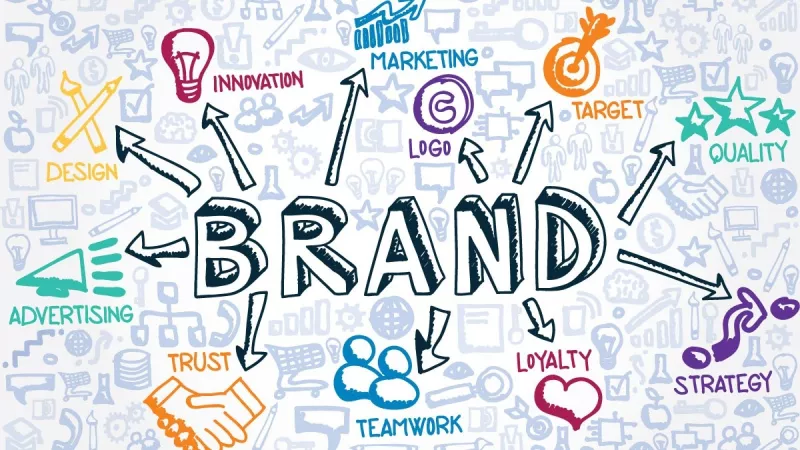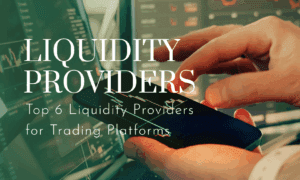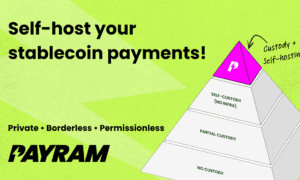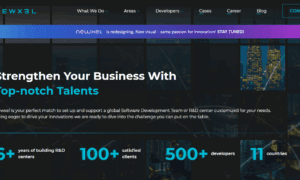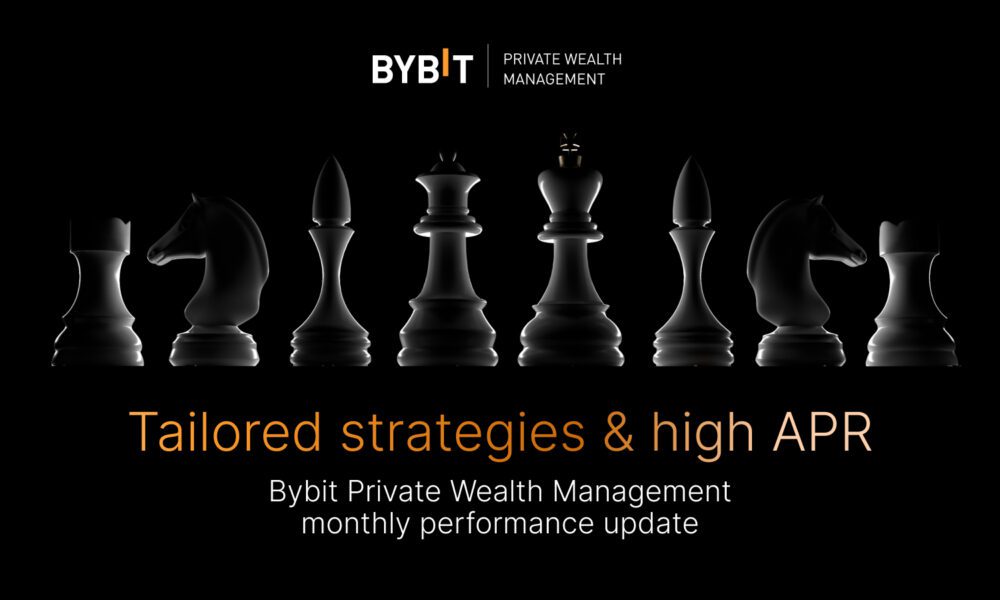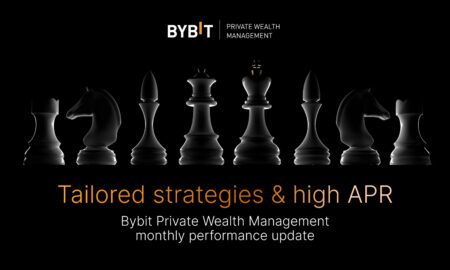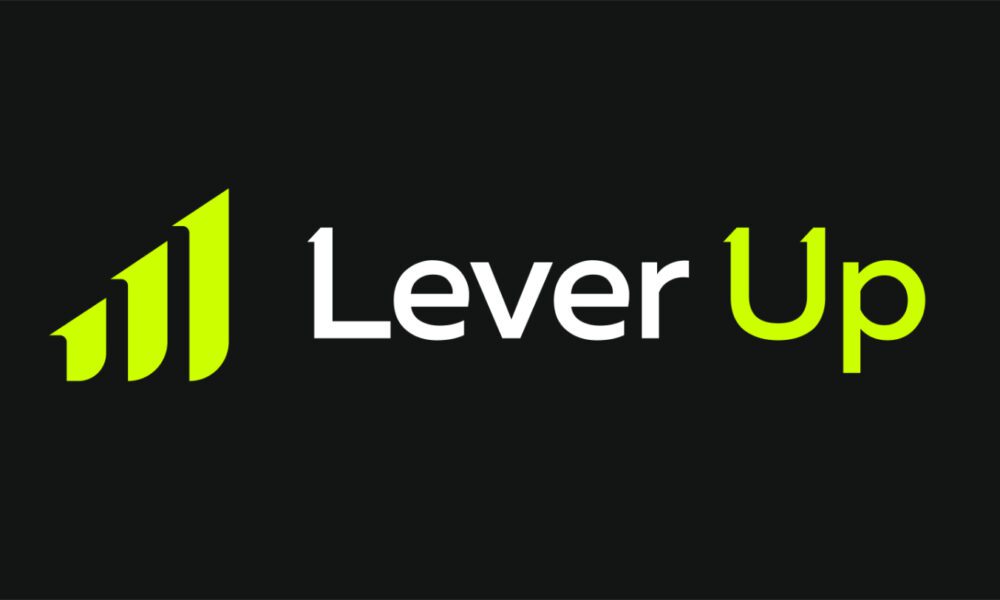By Evgeniy Tsyplakov — Reputation & Digital PR Consultant, founder of Tsyplakov.Reputation
Modern brands don’t lose market share because they run out of stories.
They lose it when the story outpaces reality — and stakeholders can verify it in seconds.
In 2025, reputation has moved from the marketing department into the technology stack.
The companies that outperform their peers are building trust architecture: systems that instrument signals, quantify credibility, and route decisions before perception turns into risk.
This article outlines what that architecture looks like, why it belongs in corporate governance, and how to implement a minimum viable stack in 90 days.
From visibility to verifiability
For a decade, reputation work meant buying awareness and chasing mentions.
That era is over. Audiences now audit brands: they scan page-one search results, read Glassdoor threads, check Reddit communities, compare leadership posts with product realities, and watch how a company behaves under pressure.
Visibility is the invitation; verifiability is the decision.
Treating reputation as communications optimizes for volume.
Treating it as enterprise risk optimizes for probability × impact — and demands telemetry, thresholds, and runbooks.
That shift is the essence of trust architecture.
What a reputation tech stack actually looks like
A robust reputation tech stack has five layers. Each layer is necessary; together they create a closed-loop Reputation Operating System.
1) Signal Ingestion (Listen)
Aggregate multi-surface signals in near real time:
- Search: brand queries, autosuggest, page-one SERP snapshots.
- Reviews: Glassdoor/Indeed for employer reputation; G2/Capterra/App Store for product truth.
- Social & communities: LinkedIn, X, Reddit, Blind; high-signal niche forums.
- Media: tiered by authority and topical relevance.
- Owned: help center, status pages, changelogs, leadership posts.
2) Normalization & Enrichment (Understand)
Turn noise into comparable datapoints:
- Entity resolution (product, team, geography).
- Credibility scoring (source authority, bot/coordination checks).
- Deduplication and time-windowing (avoid double-counting trends).
- Compliance guards (PII policies, regional data constraints).
3) Analytics (Measure)
Operationalize trust as a set of leading and lagging indicators:
- Trust Index (0–100): composite of visibility quality, consistency, proof, and responsiveness.
- SREI (Search Reputation Exposure Index): weighted valence of page-one Google results.
- NCR (Narrative Control Ratio): share of visible assets you own or positively influence.
- Sentiment Velocity: rate of tone change across high-credibility surfaces.
- Response SLA: median time from detection to first credible response.
- Crisis Readiness Score: playbook completeness, drills, approvals (0–5).
4) Governance (Decide)
Embed reputation in risk management, not ad hoc PR:
- RACI: Responsible (Comms/Reputation Lead), Accountable (CEO or Risk Committee), Consulted (Legal/HR/Product), Informed (Board).
- Thresholds: what triggers escalation; who signs what, when.
- 48-hour playbook: detect → classify → align → respond → stabilize → learn.
The brands that recover fastest don’t have better slogans.
They have better decision protocols and governance discipline.
5) Action Layer (Act)
Close the loop with credible moves, not spin:
- Evidence-first updates (data, tests, timelines, corrective actions).
- Owned hubs (issue explainers, FAQs, status archives).
- Stakeholder routing (journalists, partners, community moderators, candidates).
- Product/HR fixes tracked visibly to align behavior with narrative.
The economic logic of trust
Reputation is not “soft power.” It’s a cost function.
When credibility erodes, every transaction becomes more expensive.
You can model this as Reputation Risk Cost (RRC):
RRC = ΔCAC + ΔSalesCycle + ΔCPH + ΔSalaryPremium + ΔChurnLoss + ΔCrisisOps
Each delta represents an incremental cost caused by erosion of trust.
Once RRC appears on the CFO’s dashboard, reputation becomes manageable — budgeted like any other operational risk.
Metrics that matter (and the ones that don’t)
Vanity counts—mentions, impressions—don’t predict behavior.
Operational trust does.
Three metrics provide early warning:
- SREI → the quality of page-one visibility.
- Sentiment Velocity → direction and momentum of perception.
- Response SLA → reaction time to reframe narratives.
Combine them with NCR (control over visible assets) and a Trust Index to align both board and operations.
Case snapshots (anonymized)
B2C Fintech — App Store drift + community backlash
A rating slide triggered Reddit scrutiny. The team issued refunds, published changelogs, and released a CEO video with timelines.
Result: Trust Index +22; CAC −18%; churn stabilized within one quarter.
B2B SaaS — Employer reputation drag on hiring
Glassdoor trends and a viral blog took page-one slots. Leadership published a “How We Work” explainer, invited an external facilitator, and trained managers.
Result: SREI shifted from negative to positive; time-to-hire down 21%.
Industrial hardware — Misreported defect
A rumor amplified by social media. The response: independent lab validation, public dataset, and engineer-led briefing.
Result: sentiment reversed in 5 days; no impact on sales.
These are not PR wins; they are governance wins that happen to produce PR outcomes.
How to implement a minimum viable stack in 90 days
Days 1–14 — Instrumentation
- Define taxonomies (source, credibility, severity, valence).
- Map five surfaces: search, reviews, social, media, owned.
- Stand up daily signal digests; draft three holding templates.
Days 15–45 — Stabilization
- Launch baseline Trust Dashboard (SREI, NCR, Sentiment Velocity, Response SLA).
- Run a tabletop simulation; fix bottlenecks in approvals.
- Publish a “How We Address Issues” explainer—own your rules of engagement.
Days 46–90 — Optimization
- Calibrate weights by authority and reach; add proof criteria to Trust Index v2.
- Integrate thresholds into exec cadence; align Legal/HR/Product.
- Measure RRC monthly; report alongside financial KPIs.
At day 90, you won’t have “perfect reputation.”
You will have observability, control, and credibility under stress — and that’s what markets reward.
Why connect your stack to hiring and sales
Two flywheels convert trust into tangible economics fastest:
- Employer flywheel: credible Glassdoor + transparent leadership → shorter hiring, better candidates, lower premiums.
- Revenue flywheel: proof hubs + stable SERP + third-party validation → higher conversion, faster sales, pricing power.
When measurement aligns with these flywheels, reputation stops being abstract. It becomes a performance system variable.
Final thought: build trust architecture before you need it
Reputation no longer lives in ad budgets.
It lives in data, governance, and the decisions you document when no one is watching.
Brands that build trust architecture now will compound credibility over the next decade.
Those that don’t will keep buying attention — and losing it faster each time.
Further reading
📖 Full analytical framework:
Reputation Is Not Marketing — It’s Risk Management
Connect:
LinkedIn — https://www.linkedin.com/in/evgeniy-tsyplakov/
About the author:
Evgeniy Tsyplakov is a reputation strategist and founder of Tsyplakov.Reputation. He helps brands, leaders, and employers build measurable trust systems and manage reputation as enterprise risk.

